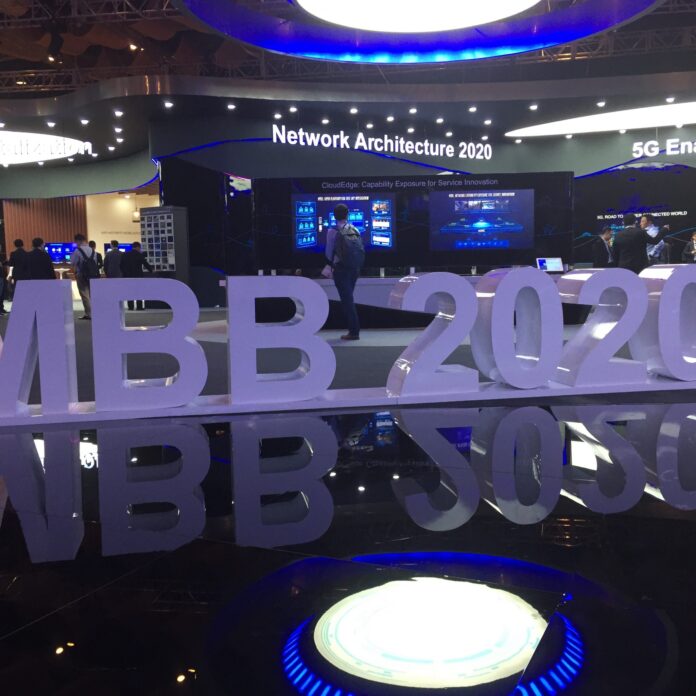Huawei sees huge opportunities in the IoT market
HONG KONG – Chinese ICT vendor Huawei unveiled its MBB 2020 Strategy during the opening day of the 2015 Global Mobile Broadband Forum, outlining a new mobile broadband blueprint for the next five years.
“From now until 2020, we have three main targets: supporting 6.7 billion mobile broadband users, supporting a 1 [gigabit-per-second] access rate and supporting 1 billion connections for the cellular ‘Internet of Things,’” said Huawei Deputy Chairman and rotating CEO Ken Hu in his keynote speech. “Achieving these goals will require technology and business model innovation, as well as cross-industry collaboration. Huawei’s mobile broadband strategy will focus on spectrum, air interface, network architecture, integrated base stations and operations based on user experience.”
However, Hu added that more than 1 billion people still lack access to mobile telephony services and 4 billion people do not have access to Internet services, mostly in emerging markets. The executive said mobile communications can play a very significant role to narrow this digital divide. Hu called on regulators in less developed markets to make available additional spectrum to improve mobile connectivity in these regions.
“Connecting people remains a top priority, so both quantity and quality matter,” Hu said. “The network is the foundation of user experience, but as we focus on the network, we must, at the same time, focus on the user. And in focusing on network performance, we must also keep in mind how users experience the network.”
IoT opportunity
Hu also said the industry is entering the IoT era.
“This means huge opportunities for the entire mobile telecommunications industry,” Hu explained. “To realize this IoT vision, we must develop and unify cross-industry standards, contain costs, and promote cooperation among different stakeholders. These three factors will help drive growth in this market. … We are standing at a critical juncture and we need to act now to open this new blue ocean opportunity.”
The executive highlighted the mobile industry needs to quickly develop unified IoT standards. Carriers including Deutsche Telekom and Vodafone have already taken action and recently carried out narrowband IoT field trials using existing base stations, Hu added.
“While operators have a unique advantage in terms of accessibility, many other technologies are developing rapidly and will generate more competition in the IoT market,” Hu said.
The executive also said the cost of communication modules should be less than $5 in order to stimulate large-scale development. “But if the price of a communication module falls below $1, then there will be an explosive growth,” he added.
The 2015 Global Mobile Broadband Forum is jointly hosted by Huawei and the GSMA. The event has attracted more than 1,000 guests. Participants include mobile operators, industry partners and media representatives.

